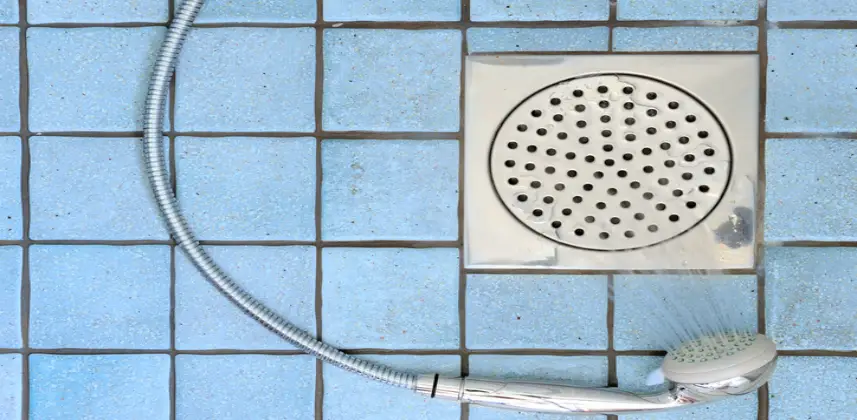
There are one-off, pesky drain clogs, and then there are the persistent clogs that seem to come back time and time again no matter what you do. These drains can be permanently fixed, it’s just a matter of figuring out the underlying problem and the best solution. So, if you’re feeling stuck, don’t give up yet!
Chronic Clog Causes & Solutions
When it’s time to shower and feel refreshed, it’s not fun to end up in a half-bath of water because the drain seems to clog every other day. If you keep reaching for a quick fix, and nothing is working, check out some of these causes.
Ventilation Problems
Within the plumbing system are vents to release air pressure that water generates as it flows down the drain. If these vents become blocked or have debris buildup, your shower will start draining much more slowly than before.
Wrong Drain or Trap Size
Your drain line and trap size should match (and comply with regulations). What you don’t want is a 1.5” drain line and a 2” trap, because you’ll be decreasing the flow of water.
Pipe Clogs
The issue may not be with your actual drain, but rather a case of a blockage deep within the pipes. This happens over time from regular use, since hair, dirt, grease, and soap tend to bind together. Sometimes, the underlying problem is from minerals building up or tree roots growing through your underground pipes.
Quick-Fix Tips to Prevent a Shower Drain Clog
If you’re here, you’ve likely tried several different methods for clearing the clogs. But did you know there are also a few steps you can take to stay ahead of chronic clogs?
Our favorite tips for keeping drains clear include:
Hair Catchers
An easy way to reduce the amount of hair and debris going down into your pipes is to place a hair catcher, or a drain screen, over the shower drain. If you go this route, be sure that you’re regularly cleaning the catcher to avoid similar clogging issues.
Boiling Water*
Every week or so, slowly pour a few cups of boiling water (a kettle makes this easier) down the pipes to keep things moving and help prevent a buildup of debris.
*Pro Tip: DO NOT pour boiling water down PVC pipes – the heat can cause permanent damage. Boiling water should only be used on metal pipes.
Proper Dirty Water Disposal
If you typically dump dirty water down your drain after mopping the floors or cleaning paintbrushes, you should avoid doing this moving forward. Dirty water like that contains soap, grease, and other debris that contributes to pipe blockage.
Clearing a Shower Drain
Odds are, if you’re dealing with a drain problem, you’ve tried some of these solutions. But sometimes you must test different options to finally discover what works. These are some top methods for clearing a smaller clog without chemicals:
Baking Soda & Vinegar
- Pour approximately one cup of baking soda down the drain
- Let the baking soda sit for a few minutes
- Pour about one cup of vinegar down the drain
- Let the mixture sit for around an hour
- Pour a pot of boiling water down the drain to flush the mixture
- Check to see if you solved the problem
Plunger
A handy tool for uses beyond the toilet, plungers can be useful for smaller clogs in the shower by filling the base of the shower with water (so the base of the plunger is underwater) and plunging as normal.
Pro Tip: Petroleum jelly helps create a stronger seal if you’re struggling to use the plunger in the shower.
Plumber’s Snake
You can often find a plumber’s snake relatively inexpensive at hardware stores, although keep in mind that some require a power drill to run the snake.
Here’s how to use a plumber’s snake:
- Remove the drain cover
- Insert the head of the snake into the drain
- Don’t force the snake, but push it and rotate it as you push
- Pull the snake back up and pull any debris or hair off it
This process can be repeated as necessary, and you can finish it with a pot of boiling water as you would if you tried the baking soda method.
Of course, getting your hands dirty is another option. If you’re feeling confident that it’s hair accumulation, grab some gloves, remove the drain cover, and pull out any clogs you can see. Be wary of trying to stick something down the drain, like a hanger, as this can accidentally damage your pipes. The last thing you need is a minor pipe clog turning into a much bigger problem.
Don’t hesitate to reach out to our team to fix your shower drain!

